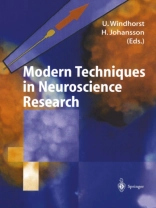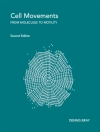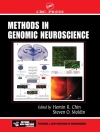Nothing tends so much to the advancement of knowledge as the application of a new instrument. – Sir Humphry Davy, 1778-1829 Neuroscience has become a rapidly expanding endeavor that relies on a number of other sciences, such as mathematics, physics, chemistry, engineering, computer sci- ence, general biology and medicine, genetics etc. In fact, many of its recent success- es result from the application of ideas and methods borrowed from these fields. In- sofar, it is a true interdisciplinary undertaking. This convergence of influences ac- counts for part of its enormous attractiveness and fascination to students and re- searchers from diverse walks of life, or science, for that matter. It is probably fair to say that a great number of neuroscience’s most creative and productive proponents have been lured into this field not only by the excitement about the possibility to un- mask the secrets of the human mind, but also by the appeal of a vast unknown land needing cultivation and tools to cultivate it. Danger may arise for any science if it is dominated by methods and techniques of investigation rather than by problems to be solved and concepts to be developed. This might concentrate efforts onto the technically feasible and doable, rather than On the real issues. But, On the other hand, especially the young and growing sciences are heavily dependent on the development and application of methods, often even before a problem relying on these methods may become apparent.
Hakan Johansson & Uwe Windhorst
Modern Techniques in Neuroscience Research [PDF ebook]
Modern Techniques in Neuroscience Research [PDF ebook]
¡Compre este libro electrónico y obtenga 1 más GRATIS!
Idioma Inglés ● Formato PDF ● ISBN 9783642585524 ● Editor Hakan Johansson & Uwe Windhorst ● Editorial Springer Berlin Heidelberg ● Publicado 2012 ● Descargable 3 veces ● Divisa EUR ● ID 6327914 ● Protección de copia Adobe DRM
Requiere lector de ebook con capacidad DRM












